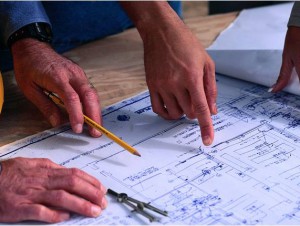
Value Engineering Consulting
Significant cost savings, along with an increased level of quality, can be accomplished on most projects through properly conducted value engineering reviews. Our approach utilizes our technical expertise in architectural and engineering disciplines, combined with hands-on, practical experience to make sure that “value” is truly added to your project.
Our Value Engineering (VE) analysis will focus on meeting the functional requirements of your project at the minimum cost and highest quality. Each building system and its components will be analyzed for adequacy, efficiency, length of life, and cost. Life cycle costs will be established for alternative systems and components.
A typical value engineering session includes:
- Identification of needs and definition of function
- Creative solutions to meeting the basic needs or function
- Developing comparative costs for the various alternative solutions
- Evaluation and ranking of the various solutions based on project criteria, feasibility of implementation, and cost
- Selection of the optimum solution and recommendation for implementation
Value Engineering, Value Analysis and Value Management are together a creative, function oriented, systematic and organized team approach to providing optimum value to a project, facility, product, system or service. Often this improvement is focused on cost reduction. However, other improvements such as customer perceived quality and performance are also paramount in the value equation. Value engineering is most successful as a long term strategy. Historically, return on investment has exceeded 10 to 1.
The objective of value engineering study is to identify and remove unnecessary costs from the project, facilities, product or service.
BENEFITS OF VALUE ENGINEERING
- Develop alternatives that provide the most cost effective solution.
- In depth focus on solving problems. Simplify design and product. Isolating design deficiency.
- Use resources more effectively and improve resource efficiency.
- Save time, costs, enhance competitive position, and increase profits.
- Incorporate new technology. Improve quality, reliability and product-ability.
- Raise market opportunity and sensitivity.
- Match product/service to market demands.
- Improve product/service with increased value at reduced overall Life Cycle Costs.
- Eliminate unnecessary and costly requirements.
